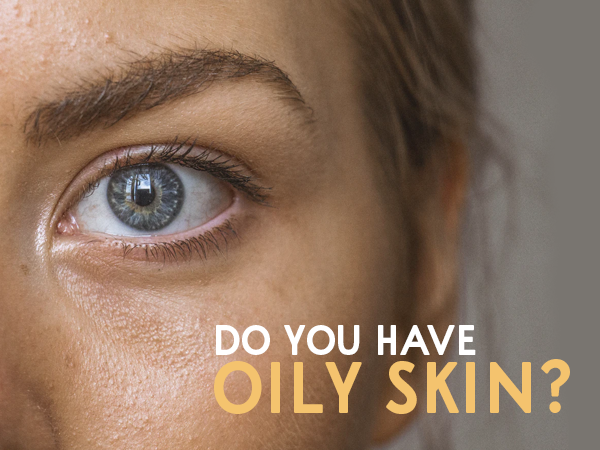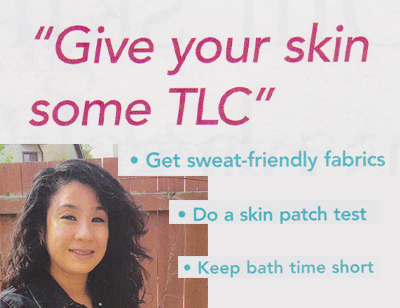A little history (Click here to skip history): The practice of phototherapy has started since the ancient times where they use a combination of natural light and herbs in treating non-pigmented skin areas. Since then, it has developed into a formal science where a Faroese physician named Niels Finsen was considered as the Father of modern phototherapy.
Finsen was the first who used an artificial light to treat skin disease. He started his study by treating Lupus vulgaris which is a skin infection caused by a bacteria and the results where promising as the light treatment has killed the bacteria and greatly improved its skin condition.
Since then, phototherapy or classically referred to as heliotherapy, has evolved and became a clinical method which exposes your body’s skin to a specific wavelength of light using polychromatic polarized light, lasers, LED, fluorescent lamps or full spectrum lights. The administration of artificial light is controlled by the intensity and amount of time which has been found out to be effective in treating skin disorders particularly psoriasis, acne vulgaris, and eczema.

 by treehouse1977 – baby with high levels of Jaundice being treated
by treehouse1977 – baby with high levels of Jaundice being treated
The treatment involves exposing your skin to ultraviolet light only on a small or specific area. On the other hand, often but seldom, a full body therapy can be done only on doctor’s order and with the availability of a large high power ultraviolet booth. Considered as the safest range of exposure, the common phototherapy treatment uses narrowband wavelength of 311 to 313 nanometer.
Treating Eczema?
In treating eczema, ultraviolet B-light is used where the specialist will pre-determine if the condition is widespread and if the patient needs a full body exposure or just localized for a condition. PUVA and UVB/UVA-1 light-therapy are other forms of phototherapy that is specifically designed to treat eczema as this is the one I tried for 2 years of my life .
What You Need to Know about Light-therapy
Sessions and Procedure
YOU HAVE TO WEAR SUNSCREEN! It is also recommended to wear any prescribed cream 45 minutes to 2 hours before the session. Do not worry; your specialist in charge will make sure you follow all the steps necessary before jumping into the unit. The clinic will also provide you with the goggles or you can purchase your own. My goggles cost me 14 dollars and I purchased them within the same clinic.
Starting off, I had to do 2-3 sessions per week and I had to do this for 2 years as recommended by my dermatologist who said many had success after that amount of time.
Before entering the unit, you will have to take off your clothes except for your underwear. Then you will put on your goggles.
The first many sessions, I went in the unit for 30 seconds each time. Over a few months my skin immunity and tolerance was higher and I went in for 1 – 2 minutes each time. The maximum from what I recalled is 3 minutes. Again this will depend on your progress over time and the decision by your skin specialist based on the acquired data.
*NOTE – The specialist will make the necessary adjustment of the levels/strength of the light therapy based on your progress and severity of Eczema and your Skin tone . They do this in low doses and will never go pass a high level so this prevents any burning of the skin.
For me, at the beginning as mentioned, I went 3 times a week and each session was for 30 seconds. These short sessions help build the skin immunity to the light therapy and help decrease your photo-sensitivity. Once I hit the 3 minutes max tolerance after many sessions, I only needed to attend the therapy twice a week. At that point, you can leave the therapy anytime you want. I left after 2 years.
My Results and Opinion
Based on the risks that I mentioned further below in the article, I never really had any side effects. After my 2 years of the Therapy, my skin was much better and my scars and bumps disappeared. My skin was evenly consistent in tone and not patchy (also not scaly). I also remembered after the therapy, it was the first time in a long time that I started to wear dresses, tank tops and shorts. What I like most about it was more natural than taking pills or steroids creams.
Do I recommend it trying this therapy? My answer is YES! Right now I am considering going back to this therapy after 5 years.
Others Opinions
About 70% of the patients got better after phototherapy where some have claimed that their condition has been confined to a dormant stage and does not experience any eczema flare ups. It also helped those with a reduction itchiness and inflammation. Aside from this, it promotes our body’s natural production of vitamin D as which can help in ramping up the bacteria fighting cells in our skin. You can read this article to further understand the benefits of Vitamin D for eczema.
Understand it is a gradual process, some people may see immediate results, but for me, it took 2 years. Generally you will see positive results after a year but it depends on your severity. When I started my sessions, my skin was at its worse. I had bad oozing Eczema also known as weeping Eczema and I was constantly bleeding.
Some Possible Risk or Dangers?
Undergoing this therapy treatment has its own potential negative effects. Understand the risk of burning your skin is low because you are closely evaluated and monitored. As a protocol, you must wear an eye protection at all times during treatment. There is also the potential of ultraviolet radiation which can progressively damage your skin instead of improving the condition.
There could also be other side effects including headache, eye irritation, possible premature ageing and nausea.
All of these mentioned above are the same side effect that you could get, if you were spending time outside on a hot sunny day. The difference is that you are being closely monitored and the levels of lighting will be appropriately adjusted for you. So these symptoms are rare.
Get Recommended for Photo-therapy?
It is best to discuss the therapy with your dermatologist and also understand that your general doctor may not know much about it. So if you do not know of a dermatologist, then ask your doctor as he or she will recommend one for you. Then it will be up to the dermatologist to decide if phototherapy is right for you.
I want to mention that if you live in a warm climate area, then this therapy will or may not be recommended for you.
Before you consider undergoing phototherapy and for the treatment to be effective, understand it will cost you money (unless you are covered like I was), as it generally requires 2 to 3 sessions per week.
















Helllo!! My name is Sou
I have lived with Eczema my whole life and it has been a constant battle. Welcome to my journey! Let's battle this together!